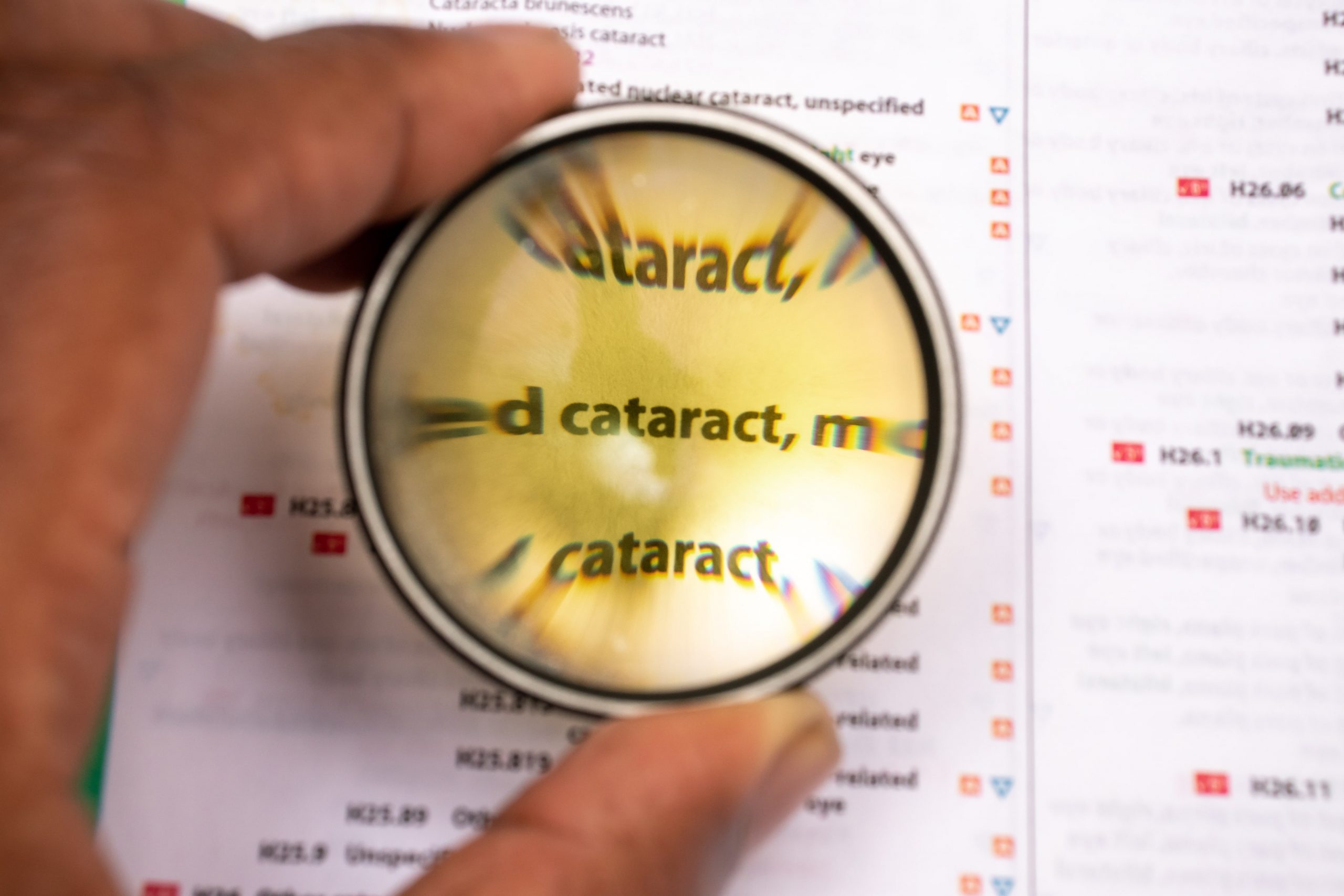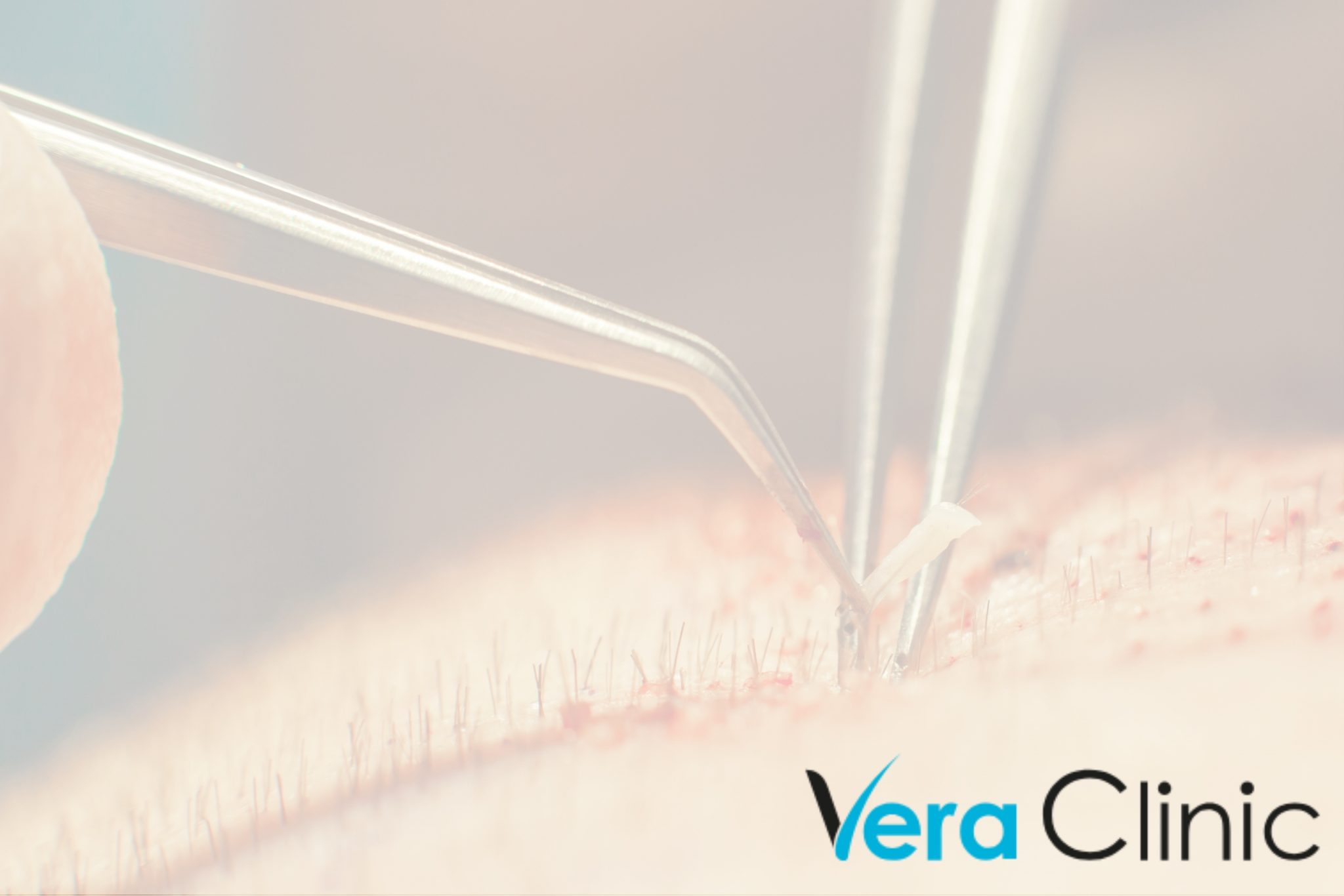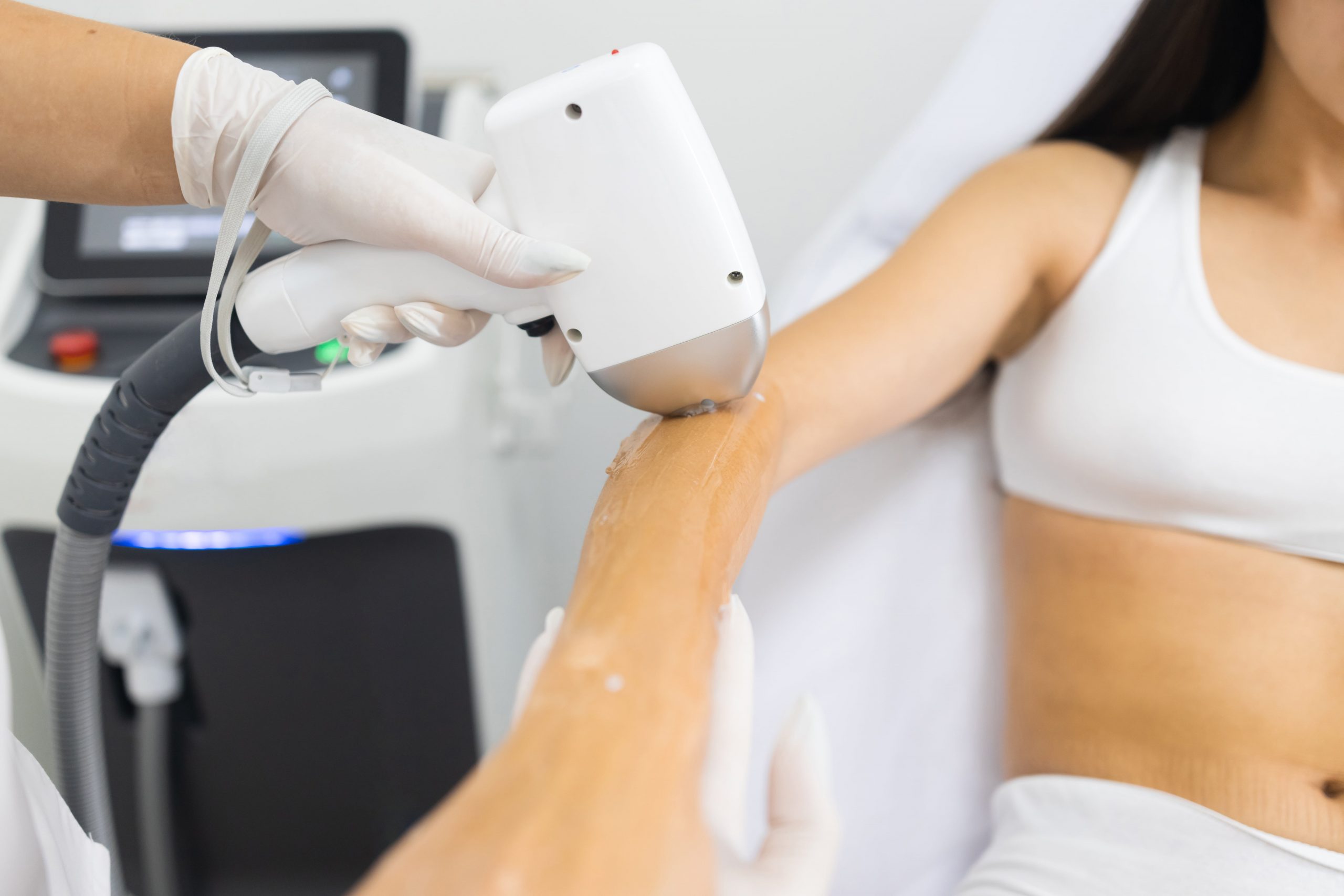Vision loss caused by cataracts is one of the most common medical problems in the United States. It affects millions of people, especially older adults.
Most cataracts develop slowly over time, and do not cause noticeable problems with your eyesight at first. They can appear as a cloudy or yellow-tinted lens that obstructs your view. You might also notice halos or glare around lights, such as oncoming headlights.
When a cataract gets large enough to interfere with your daily life, it should be removed. This is called cataract surgery, and it’s a highly effective procedure that is safe and easy to have.
What You Need to Know About the Procedure
During cataract surgery, your doctor removes the cloudy lens and replaces it with an artificial lens (intraocular lens or IOL). This is a clear plastic or acrylic lens that doesn’t need any extra care.
What You Need to Know About Cataract Recovery
In most cases, you’ll have a relatively short stay at the hospital or outpatient surgery clinic after cataract surgery. You’ll be able to drive home within a few days.
Your doctor may prescribe eye drops to help you recover from the procedure and reduce inflammation in your eyes. Some people experience blurriness after cataract surgery, but this usually clears up quickly.
What You Need to Know About Floaters
After cataract surgery, some people will see floaters, which are tiny specks of dust that move across their field of vision. They might also experience dry or gritty eyes, which can be treated with eye drops.
What You Need to Know About Double Vision
Some people might have double vision for a few weeks after cataract surgery. This is a normal symptom of your brain getting used to the changes in your vision and it will clear up after a few days.
What You Need to Know About Complications
Some of the complications of cataract surgery include postoperative infection, glaucoma, retinal tear, vision problems, secondary cataracts, scarring of eye tissue and bleeding inside the eye. You can lower these risks by following your doctor’s treatment plan exactly.
What You Need to Know About Age-Related Cataracts
Age-related cataracts occur in more than half of all Americans by age 80. They are a common eye disease that can be diagnosed during an exam.
They typically start in your 40s and continue to grow until they are very large. They can cause significant loss of your sight if left untreated.
What You Need to Know About Congenital Cataracts
Although cataracts are often associated with aging, they can also develop at birth in some babies and young children. Some of these cataracts do not interfere with eyesight, but they should be removed if you have other eye health concerns.
What You Need to Know About Surgery
Most people who have cataracts need cataract surgery. This is a safe and effective procedure that can improve your eyesight, and allow you to lead a fuller and more active lifestyle.




